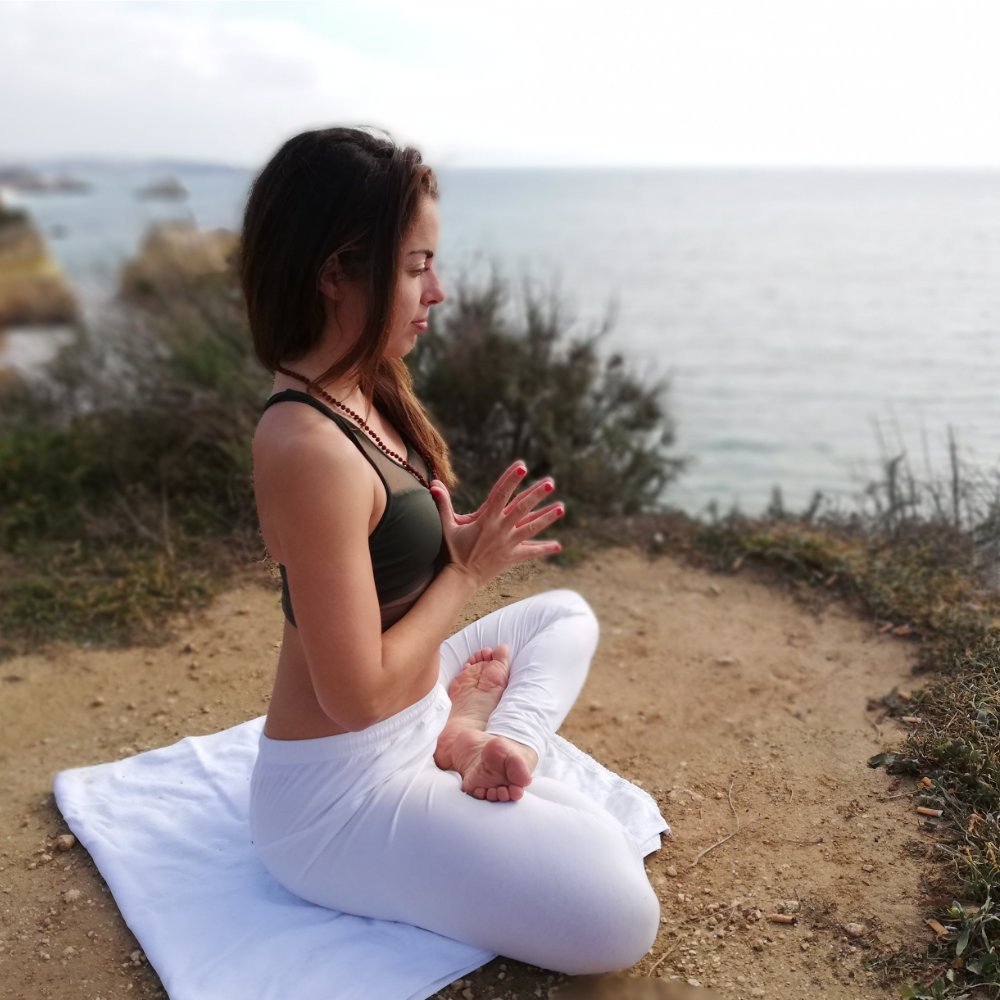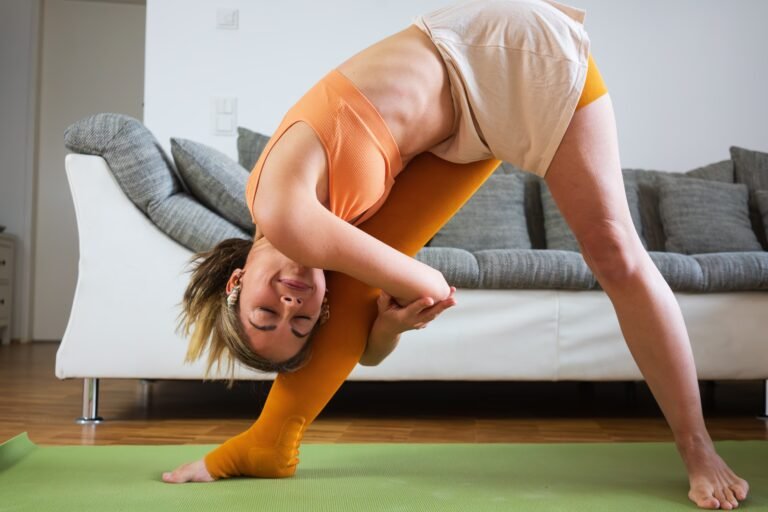Mindfulness and Its Benefits for Lymphedema Patients
Mindfulness is a meditation technique whose benefits have been scientifically proven in patients with chronic illnesses, pain, exhaustion, anxiety, and stress.
Keep reading this article to discover what it is, how it can improve the well-being of people with lymphedema, and how to practice it.

What It Means
Mindfulness is a method that helps us be more present and reduce the mental chatter of our monkey mind.
Our rumbling thoughts are like that monkey jumping from branch to branch. They can lead us to the past, creating feelings of frustration, melancholy, or even depression, or to the future, generating fear, stress, and anxiety. This is problematic because it distances us from fully living in the present moment, where we can find happiness.
For example, when you’re engaged in an activity you enjoy, like dancing, cooking, or doing yoga, notice how focused you are on the here and now that you hardly realize the passage of time.
What it is and what it is not
Many people believe that mindfulness is about clearing the mind and not thinking about anything, but that’s impossible. Our brain generates 60,000 thoughts a day.
What you can do with this technique is observe your thoughts and emotions with acceptance and without judgment. By taking a step back from what’s observed, we prevent our thoughts from controlling us, stop identifying with them, and begin to question our mental patterns and inner voice.
This brings us a sense of mental, emotional, and spiritual calmness.

Origins
Mindfulness originated in India over 2,500 years ago and is based on the Buddhist practice of Vipassana meditation.
It wasn’t until the last century that it was introduced to the West and scientifically proven to have benefits for our well-being. In 1979, Jon Kabat-Zinn, a professor of Medicine at the University of Massachusetts and founder of the Stress Reduction Clinic at the same university, introduced patients to Mindfulness by creating the Mindfulness-Based Stress Reduction (MBSR) method.
My Experience with Vipassana and Mindfulness for Daily Life
During my first Vipassana retreat in Thailand at Wat Pa Tam Wua monastery, I learned the mindfulness technique from the monks and how it can be practiced both sitting and also in movement.
There are many opportunities in daily life to practice mindfulness. For example, when brushing our teeth, taking a shower, or waiting at the bus/metro stop, we can listen to our breathing. It’s about being aware of our physical body, our thoughts, and our emotions in the here and now, always with compassion and without judgment.
Benefits
Mindfulness has many benefits for everyone, but for people with chronic issues in the lymphatic system, I’d like to highlight the following:
Where to Practice Mindfulness
Find a quiet place where you can be alone, calm, and uninterrupted. Sit with your back straight in a comfortable position on the floor, or if in a chair, with your feet parallel and supported on the ground.

How to Practice
Close your eyes if it helps you relax and bring your attention to your breath. When you notice a thought arising, don’t judge it. Refocus on your breath, and repeat. In my classes, I include a mindfulness practice in each session with various guided techniques to make it easier. One of them is the “body scan,” where I invite you to focus on your breath and the sensations it creates in the body. For example, notice how inhaling through the nose feels cooler in the nostrils and upper lip than exhaling, which feels warmer. Or observe how the breath feels in the lower, middle, and upper back.
Another technique is to bring our mindful attention to our senses. For instance, consciously listen to five sounds in our environment. Can you hear them outside the room you’re in? In the room? And inside your body, can you hear your heartbeat, breathing, swallowing, etc.?
These and many other exercises aim to train our brain to stay in the present moment.
When to Practice
I recommend practicing in the morning when our mind is calmer, but like yoga and self-care for lymphedema, choose the time of day that suits you best.
And you, Have you tried it yet?
Free Recources





